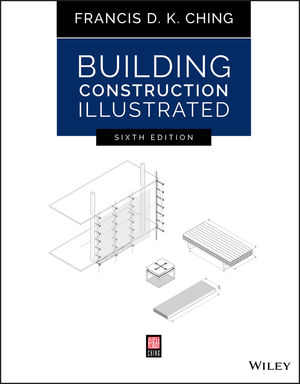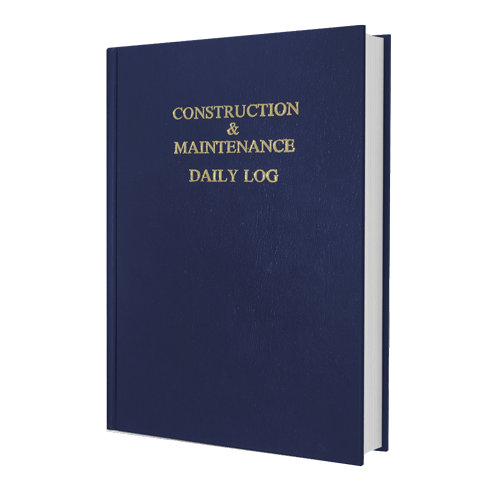Steel Code of Standard Practice Becomes American National Standard

Looking Up On April 20, Banker Steel erected the top residential floor of the delayed 320-ft B2 Bklyn—the world’s tallest volumetric modular tower. Photo by Nadine M. Post/ENR
Interested parties have until May 16 to comment on the final draft of the 2016 Code of Standard Practice for Structural Steel Buildings and Bridges, which the American Institute of Steel Construction Inc. plans to release this fall. In a first, the practice code, named AISC 303-16, will be an American National Standard.
“The ANSI-certified code is intended to protect structural engineers, owners, fabricators and erectors” during disputes over steel contracts, said David B. Ratterman, AISC’s outside counsel and a member of Stites & Harbison PLLC, at AISC’s North American Steel Construction Conference, held April 13-15, in Orlando. AISC 303-16 “cannot be changed without a rigorous consensus process,” he added.
Over time, the courts have established the code of standard practice as the “statement of custom and usage in the industry,” said Ratterman at the conference, which drew 4,532 registrants. “If there is a gap in the contract, if [something] is not addressed but is covered in the code, the court will incorporate the code into the contract,” he added.
The code of standard practice is intentionally written “to result in the most efficient arrangement” between the buyer and seller of fabricated structural steel, said Charles J. Carter, AISC’s vice president and chief structural engineer. “We also explicitly allow that the specific case may need something different.”
But Carter cautioned against deviating significantly from the code in contracts. “We try to discourage self-serving changes based upon a specifier’s own singular interest,” he said. “These can be disastrous, even for the specifier.”
Babette Freund, president of fabricator Universal Steel of NC and chair of the AISC 303-16 committee, views the code as an educational tool, not as a weapon, for all fabricators—even small ones—to “minimize or eliminate disputes.”
Philip Torchio, president of Williams Enterprises of GA, advises erectors, who he says are at the bottom of the food chain—standing between the fabricator and the lawyer—to look over the steel-related contracts from the building owner on down. “If you don’t, your exposure is higher,” he warned erectors.
AISC expects the updated AISC 303-16 to be available this fall as a free download on AISC.org. Two other documents—AISC 360-16: Specification for Structural Steel Buildings and AISC 341-16: Seismic Provisions for Structural Steel Buildings—are also due out this fall.
Changes to the 2022 edition of AISC 341 will likely include expanded design provisions for steel-concrete composite systems for shear-walls, said Carter. Last summer, AISC formalized design provisions for the walls, which typically consist of two steel plates with concrete fill, in a supplement to the AISC N690 Nuclear Specification. “We see non-nuclear applications, especially for core systems in buildings,” said Carter.
So do others. John Hooper, a principal of structural engineer Magnusson Klemencic Associates, said MKA is planning to use the sandwich system in the core of an 850-ft-tall office-residential tower in Seattle, currently under design.
The system is attractive for use in seismic zones, in part for its constructibility. “We believe the approach will eliminate the drawbacks [of reinforced concrete shear walls] and still provide excellent stiffness and damping,” said Carter. “We are working with the Pankow Foundation, MKA and others to advance this from an innovative idea to construction.”
Also at the conference, structural engineer David Farnsworth, an Arup principal for Brooklyn, N.Y.’s 32-story B2 Bklyn, said Banker Steel was about to top out the world’s tallest volumetric modular building, which stands 320 ft.
The late job, which was supposed to take a year instead of the 18 months for a conventional project, started in 2012. Fit-up and schedule issues surfaced in 2014. That prompted a work halt, the resignation of contractor Skanska USA Building Inc. and lawsuits between Skanska and developer Forest City Ratner Cos., which also had gone into the modular factory business for B2. In early 2015, Turner Construction Co. took over as contractor.
Farnsworth said a lesson learned is not to attempt a new business venture and an innovative project at the same time.







